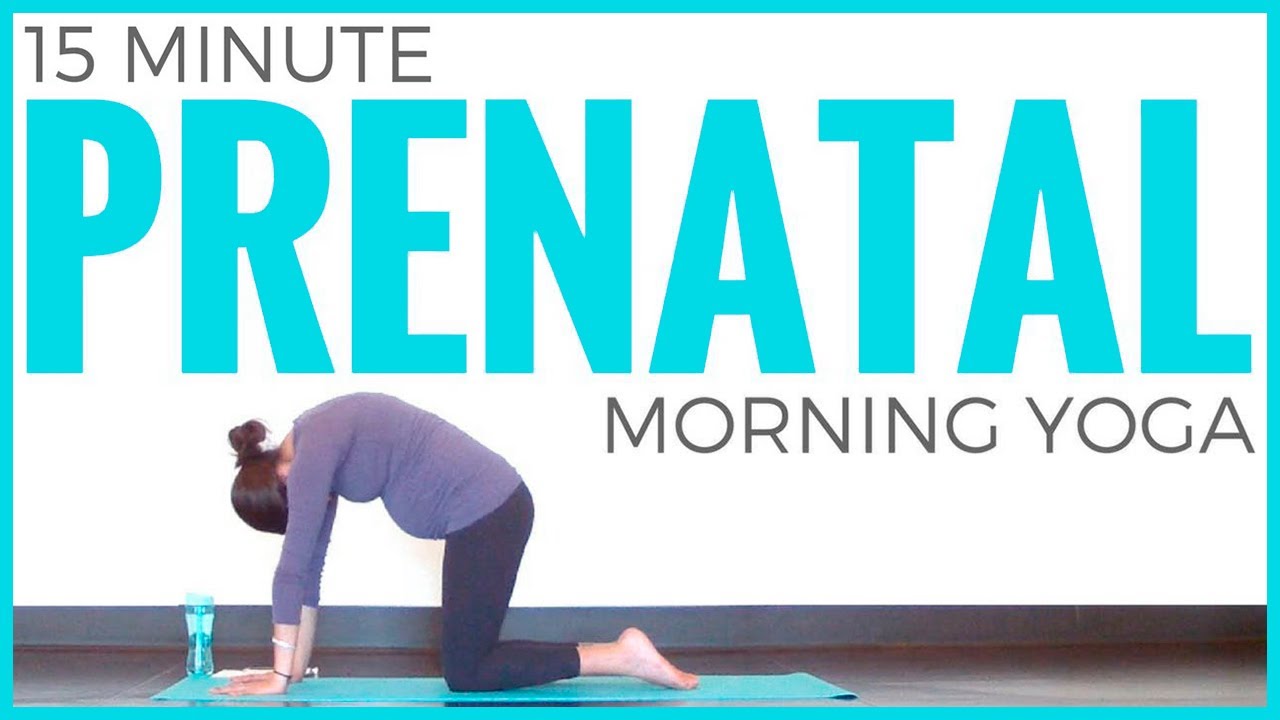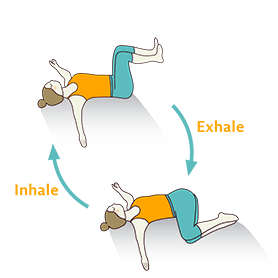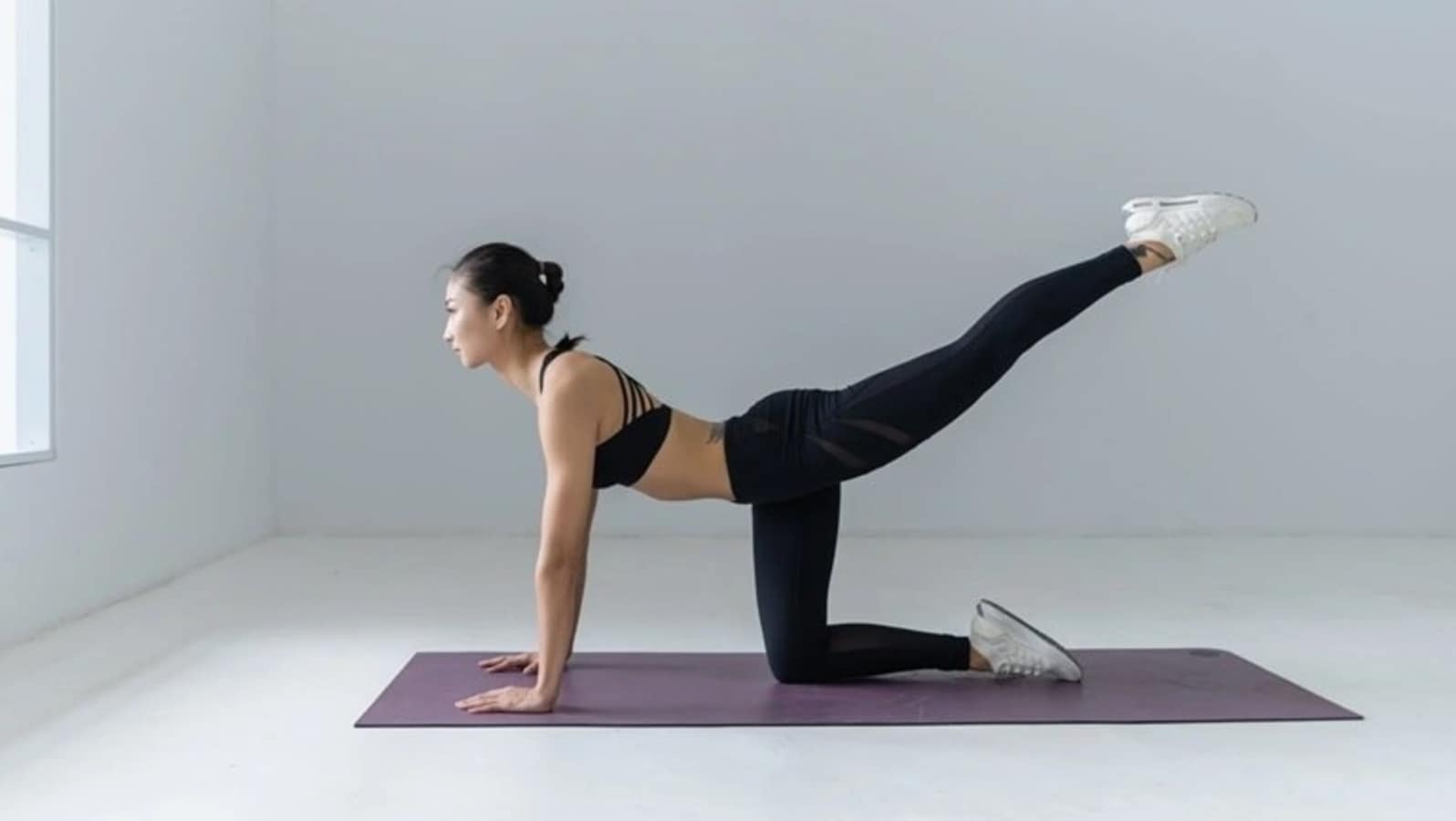
Pranayama's positive effects on blood circulation can be one of the many health benefits. Pranayama helps to reduce muscle tension and calms down the nervous system. Pranayama improves the immune system. Pranayama is an excellent addition to any yoga practice.
Pranayama improves blood circulation.
Pranayama is a series or breathing exercises that increase oxygen availability and blood circulation. It also reduces the activity of the sympathetic nervous system. These exercises relax the muscles of the smooth blood vessels, thereby increasing blood flow. Increased blood circulation is beneficial to the body, as it allows it remove waste products quicker and regenerate better.
Pranayama, an essential part of yoga, is important. Pranayama is more than a physical activity. It's also a powerful yogic technique that improves the flow of energy throughout your body. According to traditional yoga texts, pranayama refers to four aspects of breathing: relaxation, inhalation, and exhalation. Three pranayama exercises were examined in depth in the current study. They included alternate nostril breath, voluntary internal breathing retention, and abdominal muscles stretching.

Pranayama aids in the treatment of various conditions. One of these breathing techniques called kapalbhatipranayama. It's done in a sitting position and involves inhaling to count and exhaling to count. It is possible to increase the exhalation and inhale length gradually. This exercise helps strengthen accessory breathing muscles like the intercostals.
It helps to keep the pressure off the muscles
Pranayama can be used to relieve pressure from the muscles. It relaxes both the mind and body. Pranayama is a great way to relieve stress and anxiety. The exercises usually last five minutes and can also be repeated as often is necessary. Pranayama should be practiced ten to fifteen days per day in order to reduce stress.
Practicing pranayama will also help with digestion, allowing the body to filter the air and better absorb nutrients. Pranayama can improve your cognitive functioning and calm anxious thoughts. It can also increase awareness of the current moment. If you practice it regularly, it can also help with symptoms of PTSD. This is especially important when triggering events happen, such as traumatic experience.
Pranayama is a ancient form of breathwork that supports mental and physical well-being. It uses a variety of breathing techniques to reduce muscle tension. These techniques can improve your heart and lung function as well as blood pressure.

It helps calm down the nervous system
Pranayama, a breathing technique that helps calm the nervous system, can be used. These breathing techniques can help to calm an overworked head by inflating and sending signals to the brain to activate both the parasympathetic and sympathetic nervous systems. They can also aid digestion and circulatory problems.
Pranayama can be helpful in preventing stress and calming the nervous. Although the stress response is intended to protect the body from danger, it can also be harmful when used to deal with everyday stress. It is also believed to improve cognitive flexibility and working memory.
Pranayama plays an important role in a yoga practice, as it helps to cultivate inner peace. The practice of breathing exercises can also help with depression, anxiety, and mindfulness. Surya Bhedan (right nostril breathing) can help reduce depression symptoms. This breathing technique can be extremely relaxing due to its rhythmic beat.
FAQ
Does yoga make me look like a hunk?
No! No, you won't look like a Hollywood celebrity after doing yoga. Instead, yoga will make you appear stronger, fitter, more flexible, and toned.
Is yoga a good option for pain management?
For people with chronic back pain, yoga may be an effective treatment. They can improve their flexibility, balance, strength, and stress levels.
Before starting any type of exercise program, it is important to check with your doctor.
Who would the most benefit from practicing yoga?
People who are looking to improve their quality of life and increase their fitness level are the target market for yoga. People who seek to improve their balance, flexibility and posture.
In addition, they may also want to lose weight or gain muscle mass. They may be interested in reducing stress or anxiety and finding peace of mind.
People with disabilities include arthritis, back problems, asthma, diabetes, heart disease, high blood pressure, insomnia, migraines, obesity, osteoporosis, rheumatoid arthritis, and spinal injuries. For these people, yoga is particularly beneficial.
Statistics
- According to calorie estimates calculated at Harvard Medical School, the average 125-pound person burns about 120 calories in a half hour of hatha yoga, and a 185-pound person burns about 178 calories in that half hour. (everydayhealth.com)
- The American Psychological Association recently shared that 84% of American adults feel the impact of prolonged stress (5). (healthline.com)
- In comparison, a 125-pound person is estimated to burn 135 calories in 30 minutes of walking (at a pace of 15-minute miles) and 210 calories bicycling at a moderate pace on a stationary bike. (everydayhealth.com)
- Lock in 25% off your Founding Member rate. (corepoweryoga.com)
- A 2020 review of 27 studies (1,805 total participants) of yoga interventions in children or adolescents found reductions in anxiety or depression in 70 percent of the studies, with more promising results for anxiety. (nccih.nih.gov)
External Links
How To
Can I do yoga during pregnancy?
Being pregnant can impact your ability to perform certain poses safely. Before you start a new exercise program, consult your doctor.
However, you still have many options for poses to be done during pregnancy. These are some suggestions:
-
Weight lifting should not be done above the shoulders by pregnant women. Instead, consider dumbbells or resistance bands that are lightweight.
-
Avoid deep twists as they could place pressure on your belly.
-
Avoid backbends up until you have your baby. They can put excessive strain on your lower back.
-
You should not lie down on your stomach, or cross your legs, until you give birth to your baby.
-
Do not do inverted poses such as headstands or handstands unless your doctor has cleared you.
-
You should limit your practice to 30 min per day.
Yoga can be continued throughout pregnancy if you are ready. Your doctor will help you determine when you're ready to begin practicing yoga.